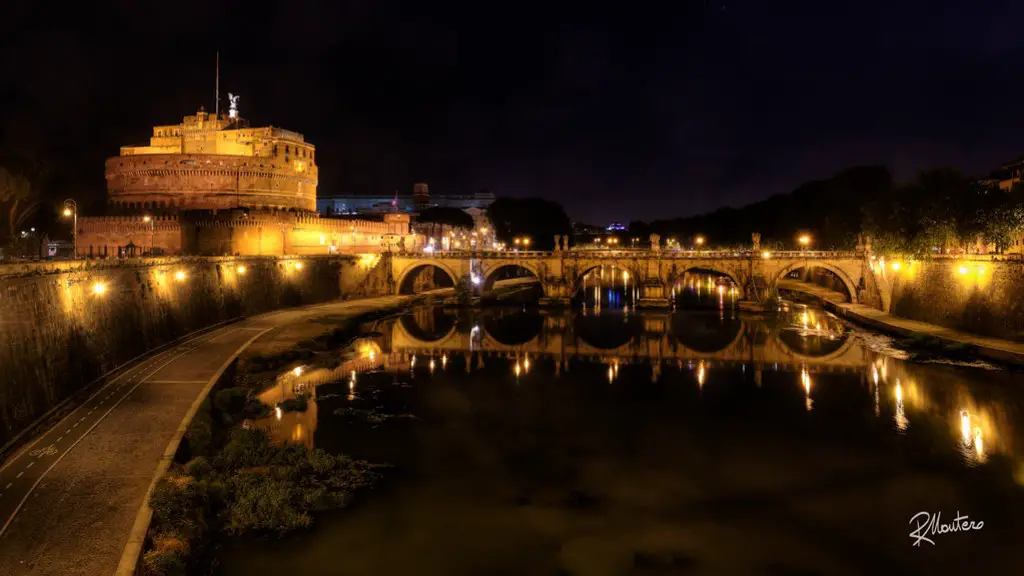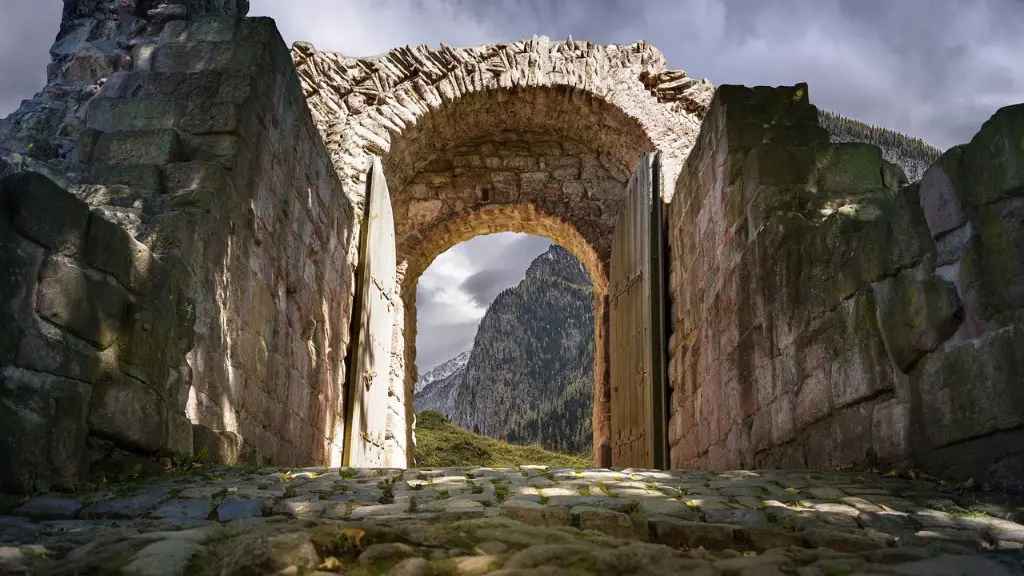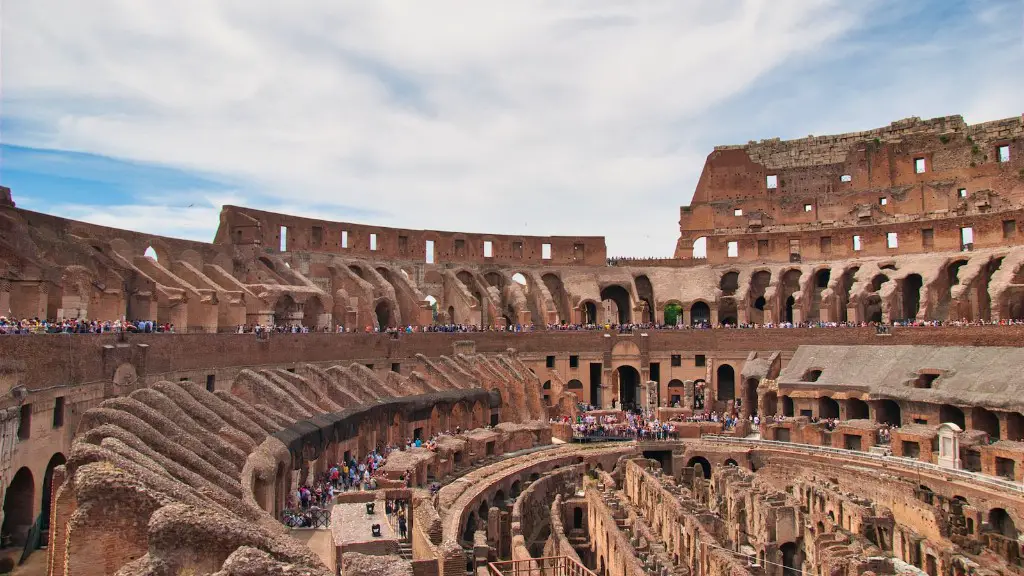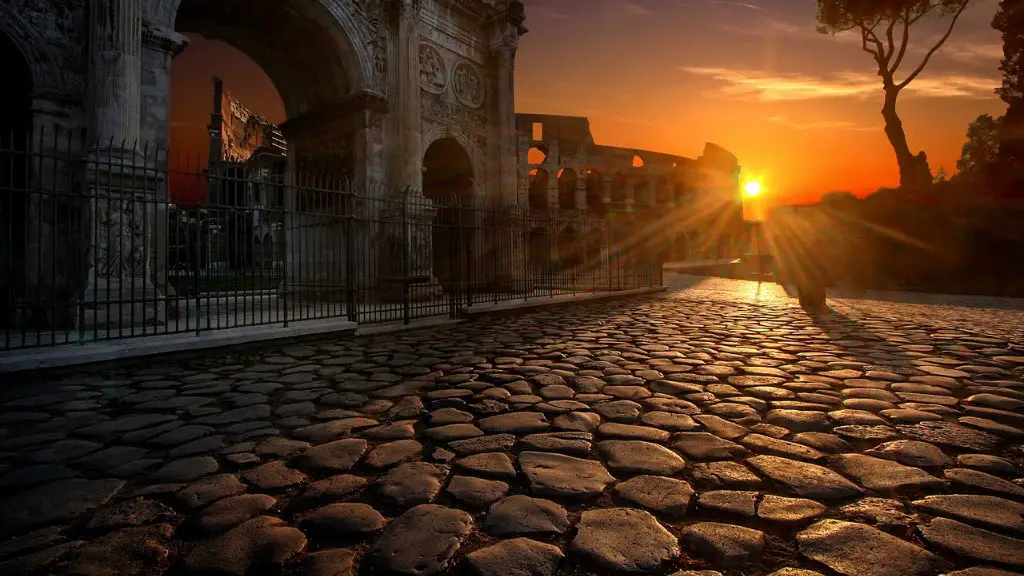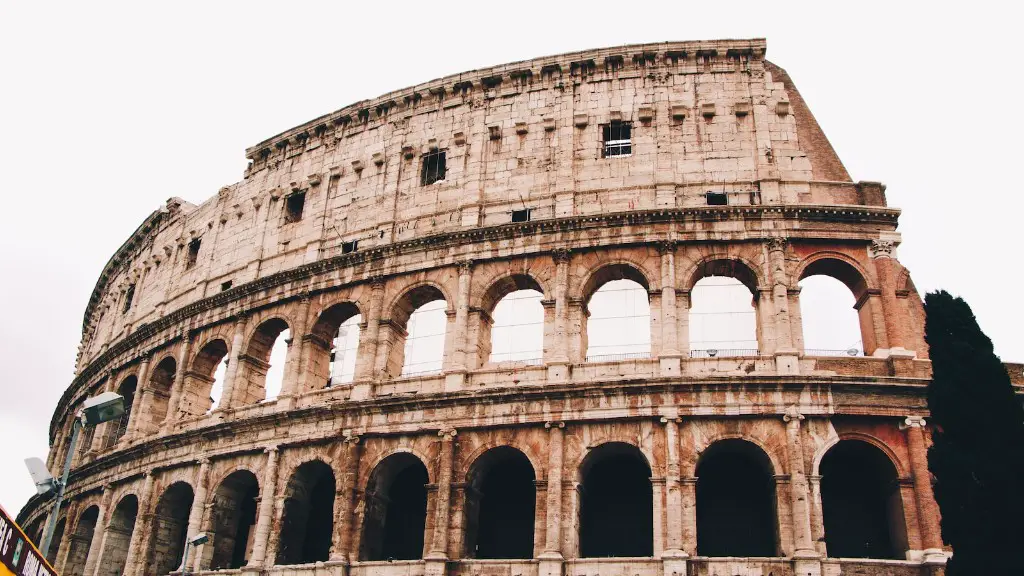The height of the Roman Empire, one of the greatest civilizations in world history, was between the years 31BC and 180AD. During this period, Rome was at its peak of power, influence and development. The Roman Empire stretched from Britain and Germany to the Middle East and Africa, covering much of the Mediterranean Sea, and included large parts of modern day France, Spain and Italy.
Rome was one of the most technologically advanced cities of its time. At the peak of its glory, Rome was a massive metropolis with a population of over one million residents, the world’s most iconic monuments, a vast system of roads, aqueducts and bridges, a sophisticated military and a system of government. The empire of ancient Rome is most remembered for its impact on the development of law, language, art, religion and architecture, all of which spread across Europe and the Near East.
An important factor in the rise of Rome at the height of its dominion was its strong armies and efficient military strategies. They conquered new lands and engaged in numerous wars of expansion, in addition to developing effective defensive strategies. The Romans were also known for their extensive and elaborate engineering projects, such as the creation of impressive aqueducts and roads. Such engineering feats allowed the military to move quickly and efficiently during their campaigns.
The rise of Rome was due to its economy as much as its military strength. Rome enjoyed a prosperous agriculture sector, as well as trade and finance, while it monopolized many resources available to them. Rome had access to a range of materials, from high-quality marble to iron which they traded to other civilizations. Rome also had access to skilled labor and developed a reliable system of taxation.
The height of Rome had a major cultural influence, particularly in the realm of art and architecture. The grand architecture of the Roman Empire was unparalleled with large amphitheaters and grand baths. The emergence of art also flourished with mosaic art and sculptures adorning virtually every public building in the Roman capital. Additionally, the Roman government played a major role in the spread of Latin, one of the predominant languages used in Europe.
The legacy of Rome has had a lasting impact on societies across the world. Rome’s development of law, engineering and culture provided a foundation for a lasting and influential legacy. In addition to its contributions to politics, art and religion, the Roman civilization also had a profound impact on the development of modern civilization.
Law and Civilisation
The legal system of ancient Rome was based on Roman law, which formed the basis of much of the legal system in the western world until recent centuries. This system was based on the belief that the law should be fair and just, and guided by the12 Tables of Roman Law. Roman law was strongly enforced throughout the empire and was used to protect citizens from any infringement of their legal rights.
The Roman Empire also played a role in the development of modern civilisation, not just its own. Latin was adopted as the official language of the empire and was then used as the language of religion, culture, and communication. Roman law, legal systems, and taxation policies influenced many European states, while its roads and engineering works allowed for growth and development in other areas. Additionally, Roman art and architecture have inspired generations.
Roman myths and stories, such as the legend of Romulus and Remus, have been assimilated into a number of cultures and societies. The Roman Empire had a major impact on the development of Christianity, particularly with Constantine conversion to the religion and the subsequent Edict of Milan. Christianity then spread throughout much of the empire, and many of its values remain influential in the Christian faith today.
Decline
The start of the decline of the Roman Empire has been attributed to a number of factors, among them being Christianity and its impact on the empire’s values and beliefs. Additionally, the empire’s military was infiltrated by foreign forces, leading to a weakening of its power and an increasing amount of political unrest. The Roman government also faced increasing financial difficulties and increased corruption among its upper class.
The decline of the Roman Empire is also associated with factors such as overpopulation, environmental damage, environmental degradation and inadequate economic policies. Many of these issues remain relevant today, and can provide a valuable lesson in how the effects of such a decline can be avoided. The final collapse of the Roman Empire is considered to have occurred in 476AD.
The Impact Today
The legacy of the Roman Empire continues to have a huge impact on modern society today, particularly in terms of language, law, art, architecture and religion. Its legal system is still influential and forms the basis of much of the current international legal system. Its engineering works, such as roads and aqueducts, were revolutionary for the time and were echoed in the development of the modern world. Its mythologies and tales continue to shine a light on the Roman Empire’s past.
In terms of religion, the Roman Empire was largely responsible for the spread of Christianity. Though it has faced challenges from other religions over the centuries, Christianity remains one of the world’s major religions and has influenced many other cultures, values and beliefs. In terms of myth and legend, the stories of Ancient Rome continue to capture the imaginations of many.
The height of Ancient Rome was an incredible time in world history, characterized by the development of an iconic civilisation. Its influence is still felt in many areas of modern life, from law and religion to mythology, art and engineering. The impact of Ancient Rome is likely to remain until the end of time.
Legacy of Art
Roman art was heavily based on Greek art and featured a range of styles, such as relief sculptures, marble statues, and elaborate mosaics. Roman art used realistic proportions and perspective, art that depicted mythology, and art that portrayed daily life in ancient Rome. This art formed monuments, on public and private buildings, that were iconic symbols of Roman power and prestige.
Roman art was symbolic of its society, from its grand monuments to its religious art. Its art also reflected its values and beliefs, from the strong use of animals in artwork to its use of images of gods and goddesses. The vaults and ceilings of Roman buildings were often decorated with intricate paintings depicting events or its gods. Roman art was often created to inspire the public, the leaders and the gods.
Roman art still to this day have a major influence over many western styles of art, especially architecture. Roman art and monuments have been reproduced around the world, such as the rotunda in Rome’s famous Pantheon, which was based on the domes of ancient Rome. Its sculptures, reliefs and paintings remain prominent throughout Europe and the Near East, and continue to capture the imagination of many.
The Roman Language
The Roman language has its roots in Latin, which was the official language of the Roman Empire. Latin is still taught in schools as a dead language, although its influence is evident in many everyday words and phrases, as well as its influence in Romance languages such as Spanish and French. Latin has also played an important role in the formation of the legal language of many countries.
Latin has been used in religious ceremonies, in writing, and in the names of many well-known books, companies and organizations. Latin was also important in the development of the scientific language, as many of the earliest scientific writers chose to use Latin as their primary language of communication. It has also been used for centuries in the naming of species of plants and animals, such as the scientific name for the panda bear.
Latin continues to remain an important linguistic influence, used in some degree by governments around the world. Its presence can also be seen in religious ceremonies, scholarly documents, and in popular phrases. Additionally, Latin continues to be taught in many schools to students around the world as part of their language education.
Architecture
The architectural legacy of Rome is evidenced by the remains of numerous monuments and buildings found throughout the world. The Romans were known for their use of arches, domes and vaults, which they used to create impressive structures, including grand baths, basilicas, amphitheaters and public buildings. The Colosseum in Rome remains one of the most recognizable and iconic buildings in the world.
Roman roads, built by a process known as ‘empire-building,’ provided a network of transportation which facilitated the growth of the empire. Roman engineers developed many of the modern engineering techniques, such as the arch and the dome, which are still used today in constructing bridges, buildings and other structures. The aqueduct system in Rome was one of the most sophisticated in the world and provided a steady supply of water to its citizens.
Rome’s architectural legacy can also be seen in numerous cities today, from Paris to Washington, D.C. and London. Its influence on modern architecture cannot be underestimated, as it has impacted areas such as government and public buildings, monuments, churches, and domestic houses. The legacy of the Roman Empire is evidenced in its contributions to architecture, engineering and design, which are still admired and appreciated today.

